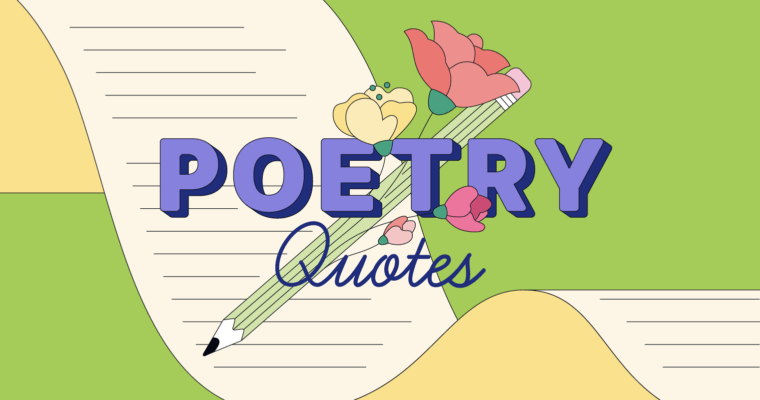
Perhaps you’ve heard of a meme but don’t quite “get it.” Chances are, though, you’ve seen a meme and related to it—even if you didn’t know what it was called. Memes are a cultural phenomenon often used as a form of social commentary.
What makes a meme successful isn’t its length but rather its ability to resonate with a particular audience and capture a cultural moment or trend. Here, we’ll define and explain what a meme is and offer a few tips in case you want to try your hand at writing your own meme.
What is a meme?
Now, you might be wondering how to pronounce the word meme. The correct pronunciation is meem (rhymes with dream). The modern-day definition of a meme is a humorous image, video, piece of text, or GIF that is spread across the internet, typically on social media, and often with slight variations. Memes can be created by anyone and can be about anything, from current events, to mundane tasks, to pop culture references.
The length of a meme varies. Because they can take the form of images, symbols, text, videos, or GIFs, they can be as short as a single image or phrase and as long as a multi-minute video with an elaborate narrative. Some memes have short-lived bursts of popularity on social media, while others endure for years.
Memes appear almost everywhere you find digital files being shared, including:
- Social media platforms, such as Twitter, Facebook, Instagram, and TikTok
- Online communities like Reddit and Tumblr
- Messaging apps, such as WhatsApp, Discord, and Telegram
- Image-sharing sites like Imgur and Flickr
- Online forums and discussion boards
Where do memes come from?
The concept of memes traces its roots to biologist Richard Dawkins’s 1976 book, The Selfish Gene. Dawkins defined a meme as a cultural unit that spreads from person to person, much as genes spread through reproduction. The term meme itself comes from the Greek word mimema, which means “that which is imitated.”
Dawkins’s book shows that examples of memes go back centuries. But these days, when we think of memes, internet memes are usually what come to mind. The first internet meme is widely considered to be the “Dancing Baby,” a 3D animated baby doing a cha-cha dance that became popular in the late 1990s.
What’s the purpose of a meme?
Memes serve a variety of purposes, including the following.
- Providing humor, analogy, or entertainment
- Expressing emotions and feelings
- Conveying cultural references and social commentary
- Fostering a sense of community and belonging through shared experiences
How to identify a meme
Memes are identifiable because they are a widespread phenomenon. Most memes will be repeated and shared multiple times—you might even see multiple iterations of the same meme. They usually include some element of humor or sarcasm combined with a visual element that is culturally significant.
To identify a meme, you can look for the following characteristics:
- A recognizable format or style
- Humor or irony
- Easily shareable on the internet
- Pop culture or current-event references
It’s easy to confuse memes with GIFs, and sometimes GIFs are memes, but not all of them. A meme often includes an image with humorous or satirical text overlayed on top. A GIF, on the other hand, is simply a short, looping video clip.
7 tips for writing a meme
Now that you know what a meme is, you may want to try writing your own!
Here are seven tips for writing a meme.
1 Choose a relatable topic or trend.
2 Incorporate a relevant image or GIF.
3 Use humor, sarcasm, or irony to make it funny.
4 Develop a few options before settling on the one that feels the most relatable.
5 Keep it simple and concise.
6 Ensure it is not offensive or inappropriate.
7 Here are some common elements to include in a meme:
- An image or video that’s recognizable and easily associated with the joke or concept
- Text that is humorous, clever, or relatable
- Social, cultural, or political references that resonate with the target audience
3 examples of memes
The fun thing about memes is that you can make them your own! Here are three examples from Grammarly’s social media.
1 Name a better trio, I’ll wait
2 Thoughts I have . . .
3 Little Miss . . .
Meme FAQs
What is a meme?
A meme is a concept or idea that spreads virally from person to person. The most popular memes are usually found on the internet and may be images, videos, phrases, or hashtags. They often convey a humorous point of view, cultural reference, or satirical message.
How does a meme work?
A meme is a cultural phenomenon that is spread through social media or other platforms. A person creates an image or video with a humorous or relatable message, which is then shared with others. Often, many iterations of the same meme will be created, extending its popularity.
How is a meme structured?
A meme is made up of an image or video with accompanying text. The text may be two lines framing the image or video, terms labeling objects, or a simple caption.






